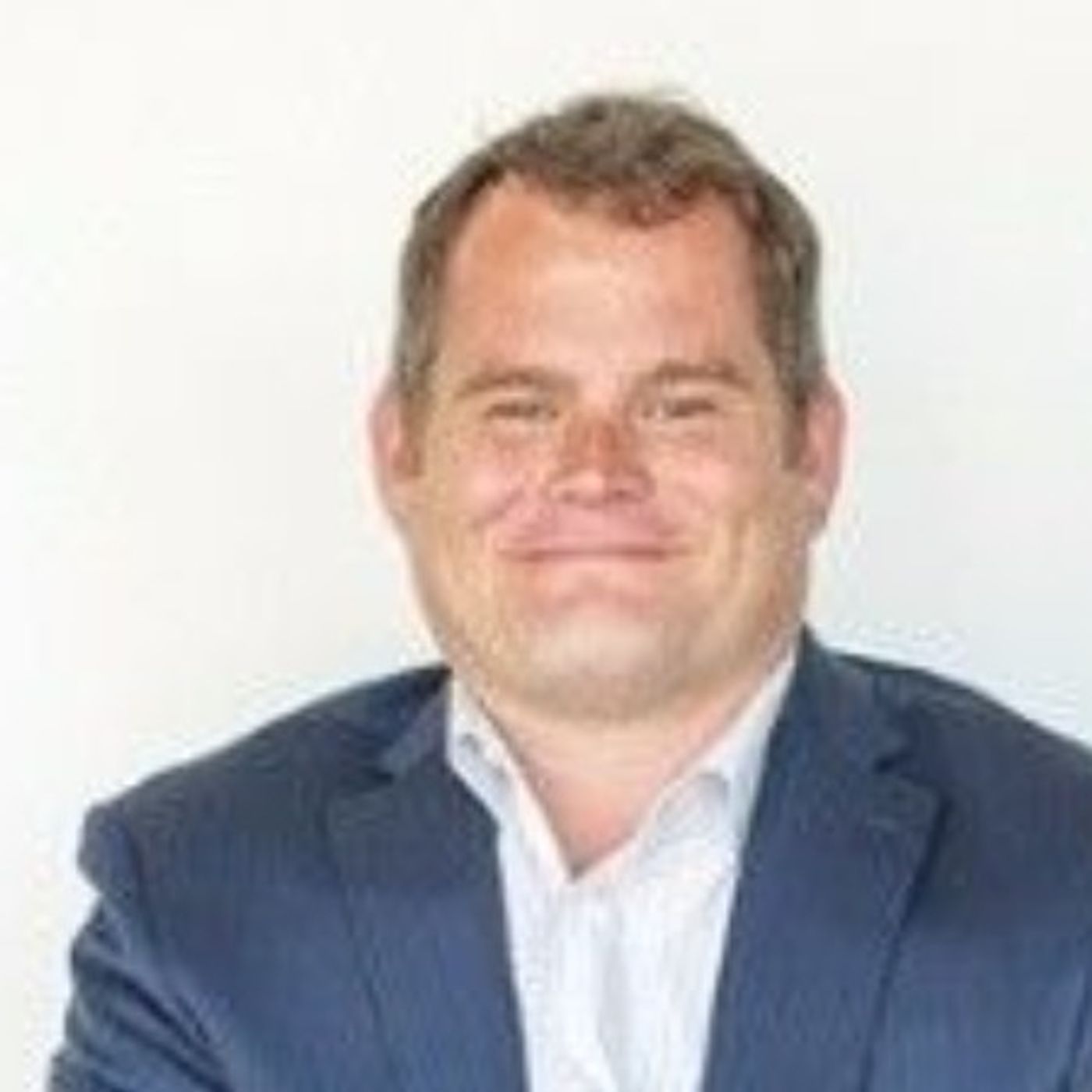Staffing; The Biggest Pain Point for Nursing Homes
Description
Sara Well spent 12 years as a critical care trauma nurse on the acute side. She watched again and again as her facility’s money was put into much less pressing issues than staffing and saw how it impacted not just care and quality outcomes but overall revenue.
She saw how archaic many of the systems in place for staffing were, and with her tech background realized that this comprehensive issue was a scalable solution with a huge addressable market.
Nurses are often perceived as a cost rather than a revenue driver. They have been historically under-appreciated despite how much their presence and work directly impacts the length of stay which is not always covered by insurance.
The flaws already present in the healthcare conveyor belt were exacerbated by the arrival of the pandemic. An estimated 500,000 nurses were lost to COVID fatigue, switching to other less taxing professions.
At the same time many new travel nursing and outsource labor companies began to pop up, luring staff away from their traditional in-house positions with the promise of higher pay. These companies then sold the nurses back to the same types of facilities they came from at a much higher cost.
Though facilities were able to get staff quickly and easily, it was not cheap and cost them the integrity of their in-house teams.
Dropstat seeks to re-empower healthcare organizations, working with them to update and automate safe staffing processes, and give total transparent insight into their labor costs.
They see the most important relationship as the triad between patient, provider, and the organization that brings them together.
Dropstat uses machine learning and AI to predict a facility's staffing needs 60 days in advance. are able trace increased costs of standard labor and premium labor costs whether its agency or overtime bonuses. With this data they create patterns and recommendations and feed them back to the client.
When asked about the problem of staff leaving for a $2-3 raise Sara had some powerful insight to share.
She states that just like those serving in the military, healthcare workers see death and loss on a sometimes daily basis. But while the military has instigated an entire culture of comradery and airtight family dynamics within groups, the same is often not present in healthcare.
Sara concludes that if a facility is able to culture hack and ensure with authenticity that nurses feel loved, valued, connected, appreciated, that they are the key to aiding the aging population, they won't have to worry about losing staff because of pay.
FOLLOW SARA AND DROPSTAT
RELATED EPISODES
























